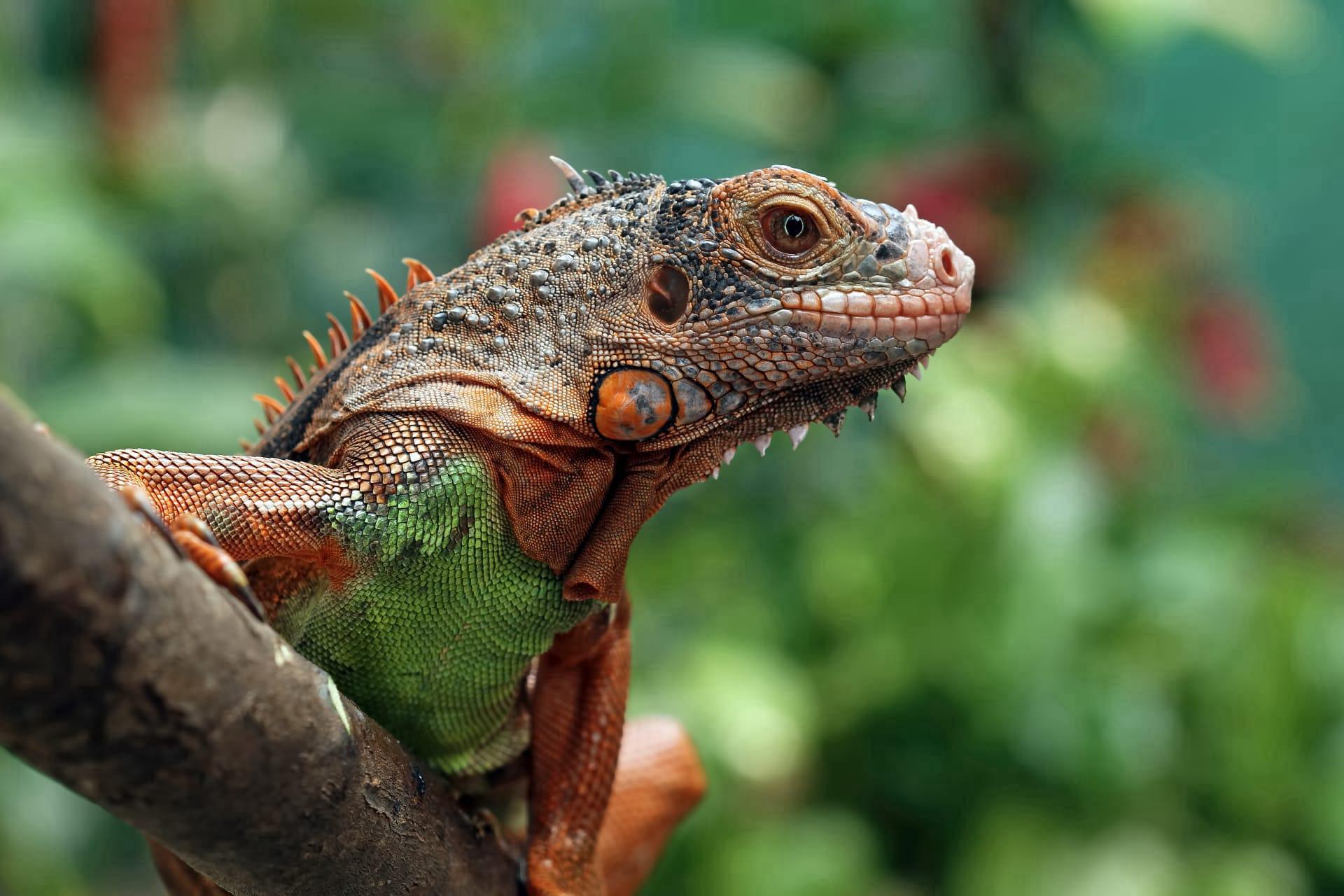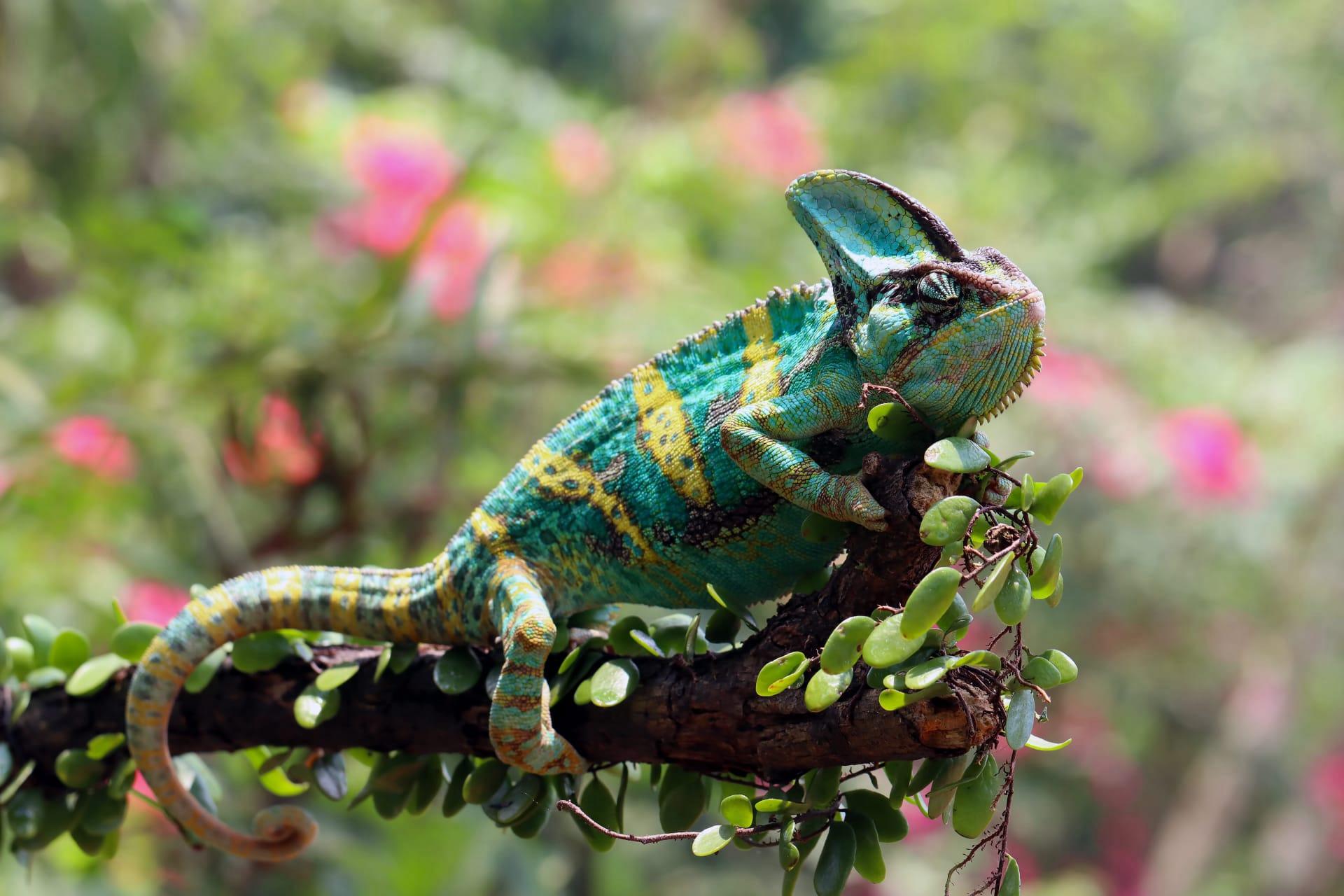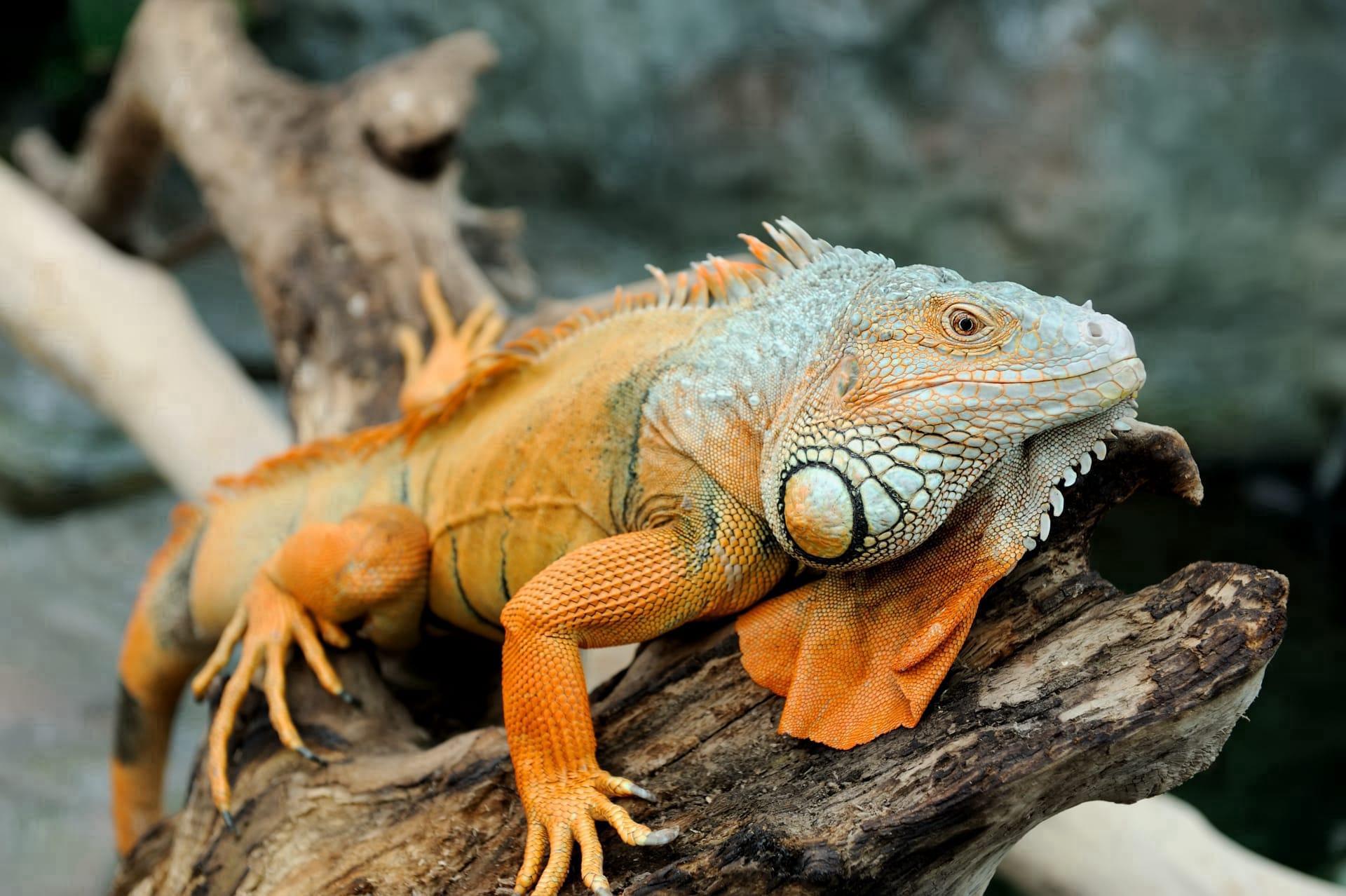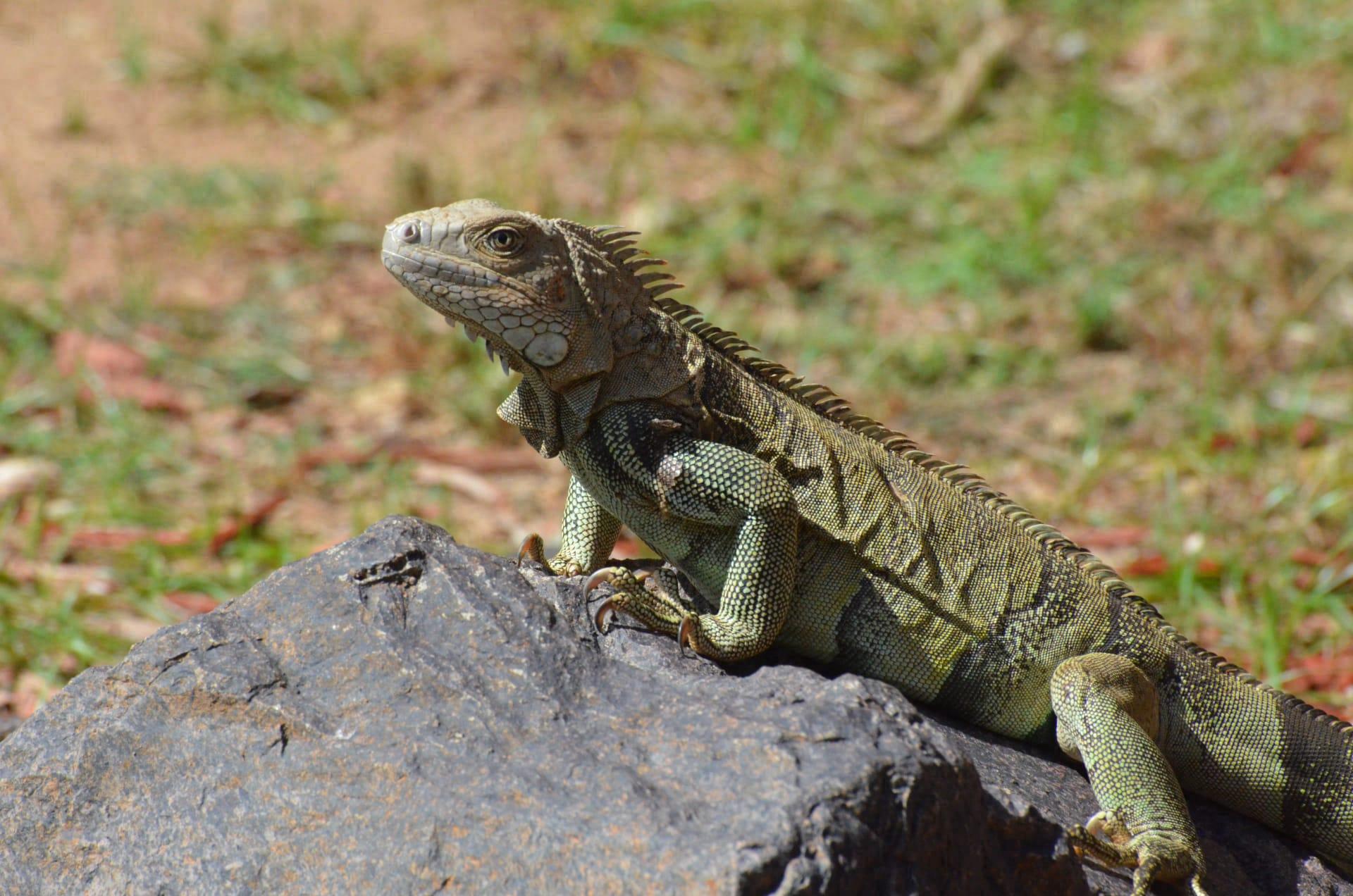1
Did you know that Common Iguanas, scientifically known as Iguana iguana, are among the largest lizards in the Americas? They can grow up to 6 feet long, including their tail, which makes up half of their length. Fascinatingly, their long tail serves multiple purposes: defense, balance, and even swimming. When threatened, an iguana can whip its tail like a fierce weapon against predators. Additionally, these tails are prehensile, enabling them to grip and climb branches effortlessly.
Another intriguing fact about Common Iguanas is their unique method of communication. They use a series of visual signals, like head bobs and dewlap displays, to interact with each other. The dewlap, a flap of skin under the chin, can be extended to appear larger to predators or to attract mates. These signals are vital in their social interactions, especially during the mating season when males become more territorial and visually communicative.

2
Common Iguanas possess a remarkable physiological feature known as the parietal eye, located on the top of their head. This eye doesn't provide a clear vision like their regular eyes, but it's sensitive to changes in light and dark. This 'third eye' helps them detect predators from above, like birds, making it an essential survival tool. Interestingly, it also plays a role in regulating their circadian rhythms and hormone production related to seasonal changes.
These green lizards are excellent swimmers too. They have adapted to a semi-aquatic lifestyle, where they often dive into water to escape from danger. Their powerful tail aids them in swimming, allowing them to propel themselves swiftly. Iguanas can even stay submerged for up to 30 minutes, holding their breath to avoid detection. This ability is not only a defensive mechanism but also useful for finding food in the water.

3
Did you know that the skin color of Common Iguanas can change depending on their environment and mood? This color change is not as dramatic as in chameleons, but it helps them regulate their body temperature and camouflage from predators. When basking in the sun, they may turn a darker color to absorb more heat, while in cooler environments, they appear lighter to reflect sunlight.
Another interesting aspect of Common Iguanas is their vegetarian diet, which is quite unusual for large lizards. They primarily feed on leaves, flowers, and fruits, and their strong jaw muscles are adapted for this plant-based diet. This dietary preference plays a significant role in the ecosystem as they help in seed dispersal and maintaining the balance of their habitat's vegetation.

4
Common Iguanas have a unique adaptation in their nasal glands that helps them manage excess salt intake from their plant-heavy diet. They excrete excess salt through these glands, often seen as a white substance around their nostrils. This salt-excreting mechanism is crucial for maintaining their electrolyte balance, especially since their primary food sources may have high salt content.
These lizards are known for their impressive climbing abilities. They possess sharp claws and strong limbs, allowing them to scale trees and cliffs with ease. This skill is not just for foraging and basking in the sun; it's also a vital escape strategy from ground predators. They are often found lounging on tree branches, high above potential threats, showcasing their adept arboreal lifestyle.

5
One of the most fascinating facts about Common Iguanas is their ability to survive significant falls. They can fall from a height of up to 40 feet without injury. This ability is particularly useful when they need to escape quickly from predators or disturbances in their treetop habitats. Their sturdy skeletal structure and muscular build help absorb the impact of such falls.
Last but not least, Common Iguanas play a significant role in cultural symbolism in various countries. In some Central and South American cultures, they are seen as symbols of good luck and longevity. Their presence in folklore and mythology underscores the deep connection between these creatures and human culture, reflecting the respect and awe they inspire in different societies.